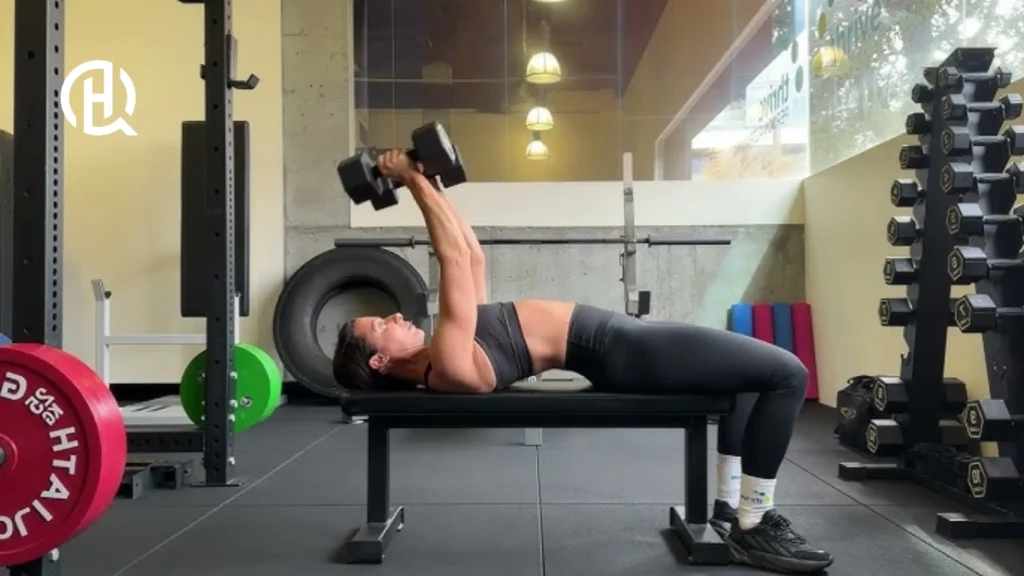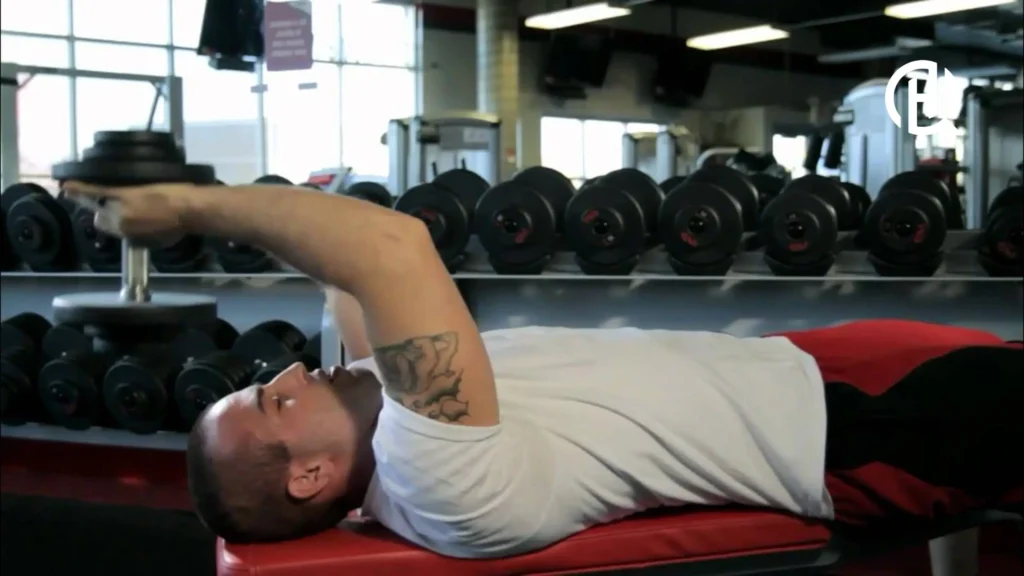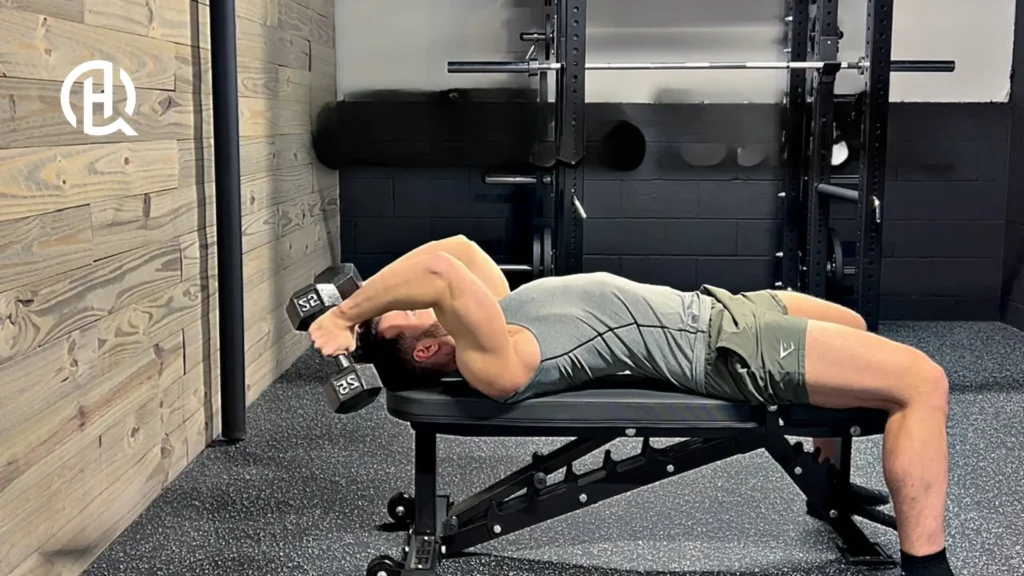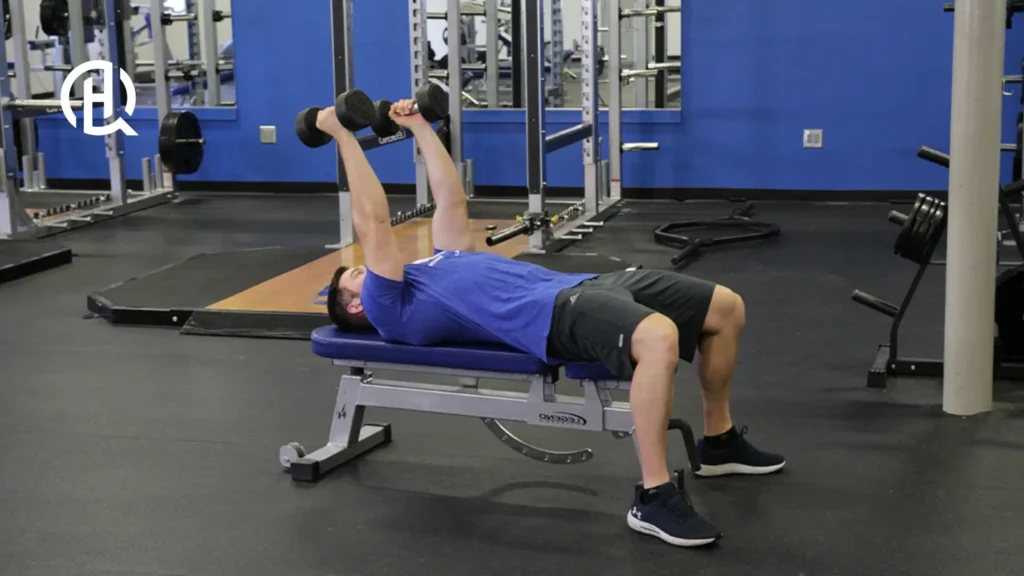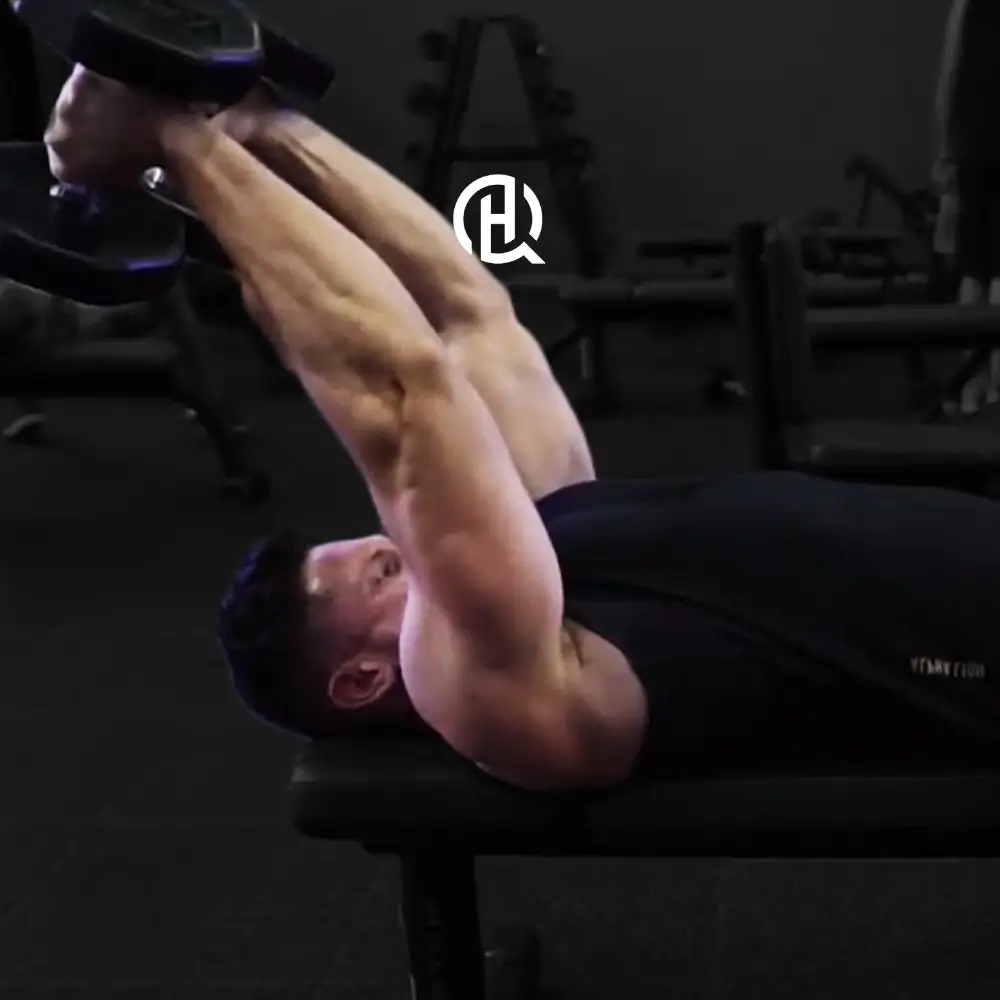

Want to get stronger, leaner, and take your fitness to the next level? Explore our workout programs now!
When it comes to building strong, well-defined arms, isolating the triceps is essential — and the lying dumbbell triceps extension is a classic that deserves a place in your workout routine. Also known as “skull crushers,” this exercise hones in on the triceps with laser-like precision.

What is so special about the dumbbell version? It permits more freedom of movement than its barbell counterpart, promotes balanced development by training one arm at a time, and reduces elbow strain by allowing your wrists to move in a natural way throughout the rep. The end result: more direct tension on the triceps, with less interference from other muscles or poor mechanics.
This is a bread-and-butter triceps exercise that deserves a place in any arm day routine. Let’s break down the form, tips and benefits so that you can maximize every rep of this awesome arm blaster.
